-
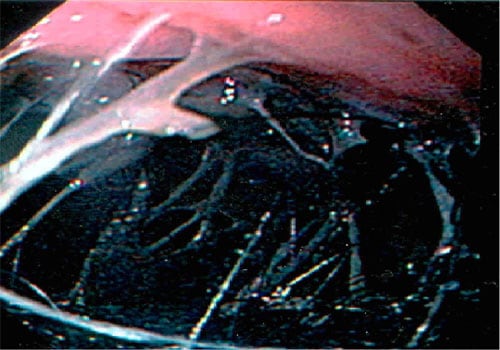
What is endoscopy?
An endoscopy is a procedure in which the doctor uses a long, flexible tube with a light at the end to look into the inside of the body. It is commonly used to check the upper gastrointestinal tract (GIT) including the throat, oesophagus, stomach, and first part of the small intestine (duodenum). The lower GIT can also be examined in a similar fashion, a procedure termed as colonoscopy. The entire procedure is visualized on a TV monitor. In addition to making a diagnosis, endoscopy can also be used to provide treatment as described below.
-
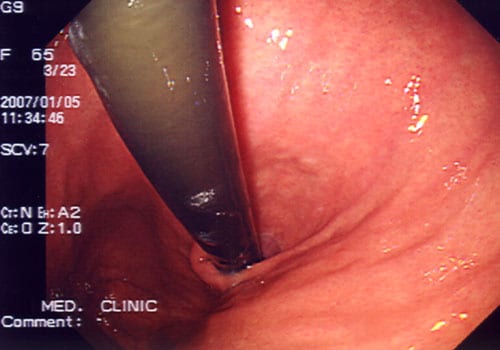
When is it done?
An upper GI endoscopy is done in patients having problems in swallowing, frequent heartburn, abdominal pain, chest discomfort, vomiting especially of blood or abnormal findings on gastrointestinal X-rays. Colonoscopy is performed in patients passing blood in the stools, to check for colon cancer and to remove precancerous lesions such as polyps.
As an alternative to endoscopy, barium contrast X-rays may be done which use a contrast medium (barium) to highlight the intestinal tract on X-rays. -
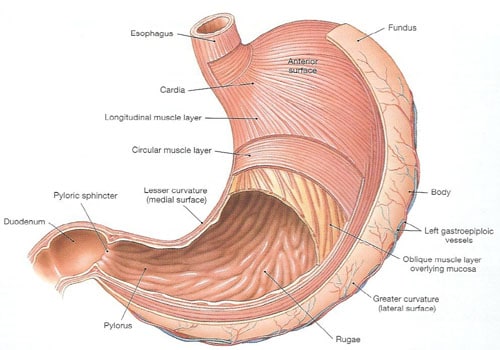
How to prepare for an upper GI endoscopy?
The patient has to be fasting for at least 6 to 8 hours before this procedure. Follow any other instructions the doctor gives.
-
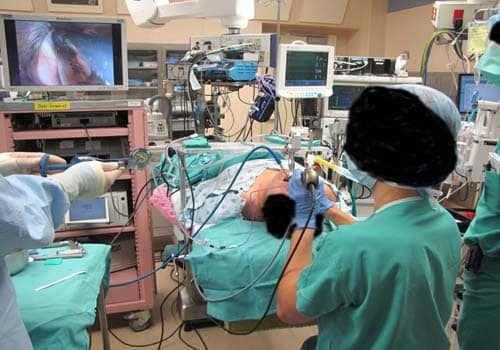
What happens during the procedure?
A local anaesthetic liquid is given before the procedure to numb the throat and prevent gagging and pain. In apprehensive patients, a sedative is given intravenously to allay any anxiety. The endoscope is passed through the mouth and down the oesophagus (food pipe) upto the duodenum. Any abnormality such as ulcers, tumours or inflammation of the mucosal lining of the oesophagus, stomach, or duodenum can be seen. A small piece of a tissue sample (biopsy) can be taken for analysis in the pathology laboratory. After examining the GI tract the tube is withdrawn. The viewed images can be stored on a video cassette or a computer for archival or record purposes.
-
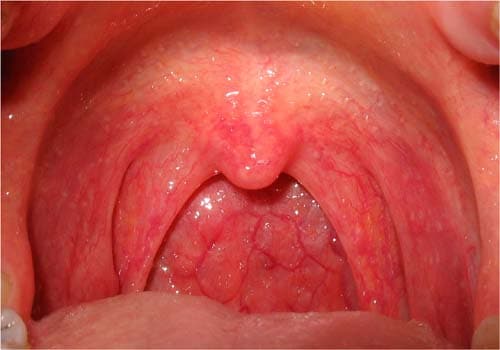
What happens after the procedure?
The patient is kept under observation for an hour. A mild irritation or soreness of the throat may be felt after the procedure.
-
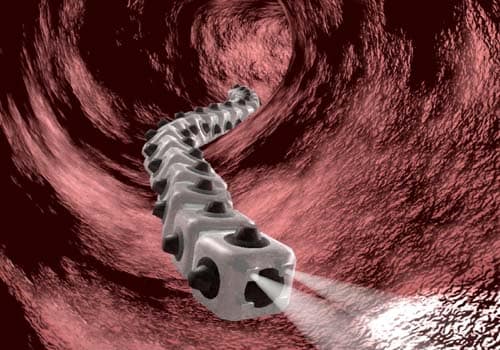
What are the benefits of this procedure?
Endoscopy helps the doctor to make a more accurate diagnosis of diseases of the gastrointestinal tract. In addition, endoscopy can be used to provide treatment like removing foreign bodies, benign tumours such as polyps, opening up of strictures, removing obstructed gallstones and stopping active bleeding from ulcers or from dilated veins called varices.
-
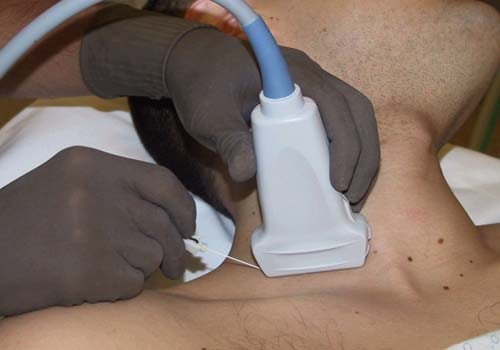
What are the risks associated with this procedure?
This is a safe procedure but as with all medical procedures, there is a small risk involved. The local anaesthesia may not be effective and discomfort may be felt during the procedure. Some people may develop an allergic reaction to the local anaesthetic or the sedative. There is a small risk of tear of the lining of the throat, stomach, or intestine. There is also a small risk of infection or bleeding.
-

When should the doctor be called?
The doctor should be called immediately if there is fever, nausea or vomiting, acute pain or bleeding after the procedure.


















